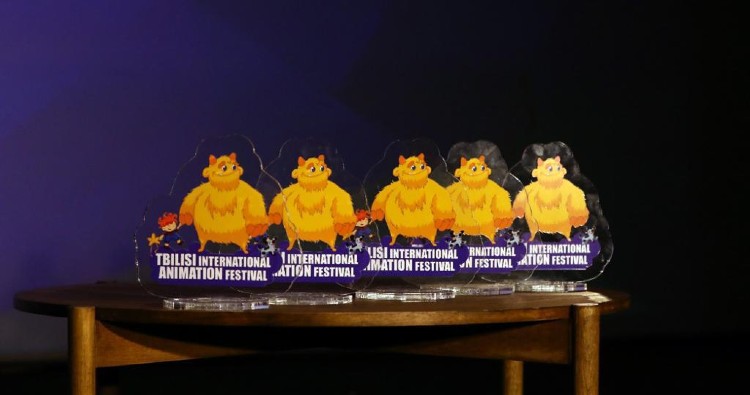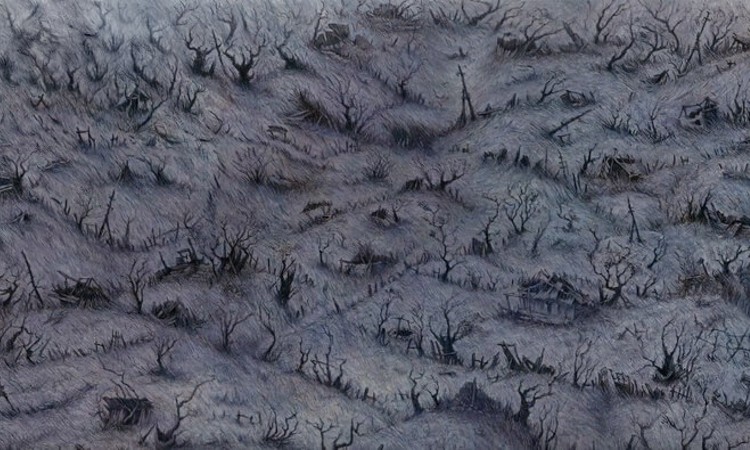Mariam Kapanadze’s ‘Abandoned Village’ wins Grand Prix at Tbilisi International Animation Festival

The history of Georgian animation dates back to the 30s of the 20th century and at various stages of development it has offered memorable stories to audiences, some of which had been created under the influence of national motifs, using literary works, folklore or choreographic elements. Photo: Ministry of culture, sport and youth of Georgia/Facebook
The international jury named Georgian director Mariam Kapanadze’s animation film Abandoned Village as the Grand Prix winner of the Tbilisi International Animation Festival on Sunday, while awarding student animation directors, including four Georgians, in various nominations.
The festival, held with the support of the Georgian culture ministry and the National Film Center, opened on Wednesday at the Amirani cinema with the French animated film Shooom’s Odyssey and closed on Sunday with the screening of Titina directed by the Oscar-winning Norwegian studio.
Georgia hosted the festival for the fifth time with an “updated” and “more diverse” programme, which was applied by a record number of applicants, at the first stage of the festival - more than 2500 from 100 countries, out of which 187 full-length and short films from 46 countries have been selected to be shown on 18 competitive and non-competitive programmes, the culture ministry said.
 Scene from Mariam Kapanadze's animation film 'Abandoned Village'. Photo: Screenshot from Georgian National Film Centre video on animation
Scene from Mariam Kapanadze's animation film 'Abandoned Village'. Photo: Screenshot from Georgian National Film Centre video on animation
In addition to the programmes, the main target audience of the festival, minors, had an opportunity to see the world-recognised classics, be acquainted with animated works from different countries and attend international director’s master classes.
The ministry said the festival aimed to present international and local achievements of contemporary animation art and other related audio/visual art forms, popularise this “unique” field and promote its development in Georgia, and noted that it has been the “only way” for audiences of any age to get acquainted with modern, new animated films.
The history of Georgian animation dates back to the 30s of the 20th century and at various stages of development it has offered memorable stories to audiences, some of which had been created under the influence of national motifs, using literary works, folklore or choreographic elements.
 Tweet
Tweet  Share
Share